Cold laser therapy refers to low-intensity laser treatment that promotes healing by delivering small amounts of light energy.
It’s termed “cold” laser therapy because the light levels used aren’t sufficient to heat body tissues. These intensities are much lower than those employed in other laser treatments designed to ablate tumors or coagulate tissue.
Unlike surgical or aesthetic lasers that warm the treated tissue, cold laser therapy does not generate heat.
Other names for cold laser therapy include:
- low-level laser therapy (LLLT)
- low-power laser therapy (LPLT)
- soft laser biostimulation
- photobiomodulation
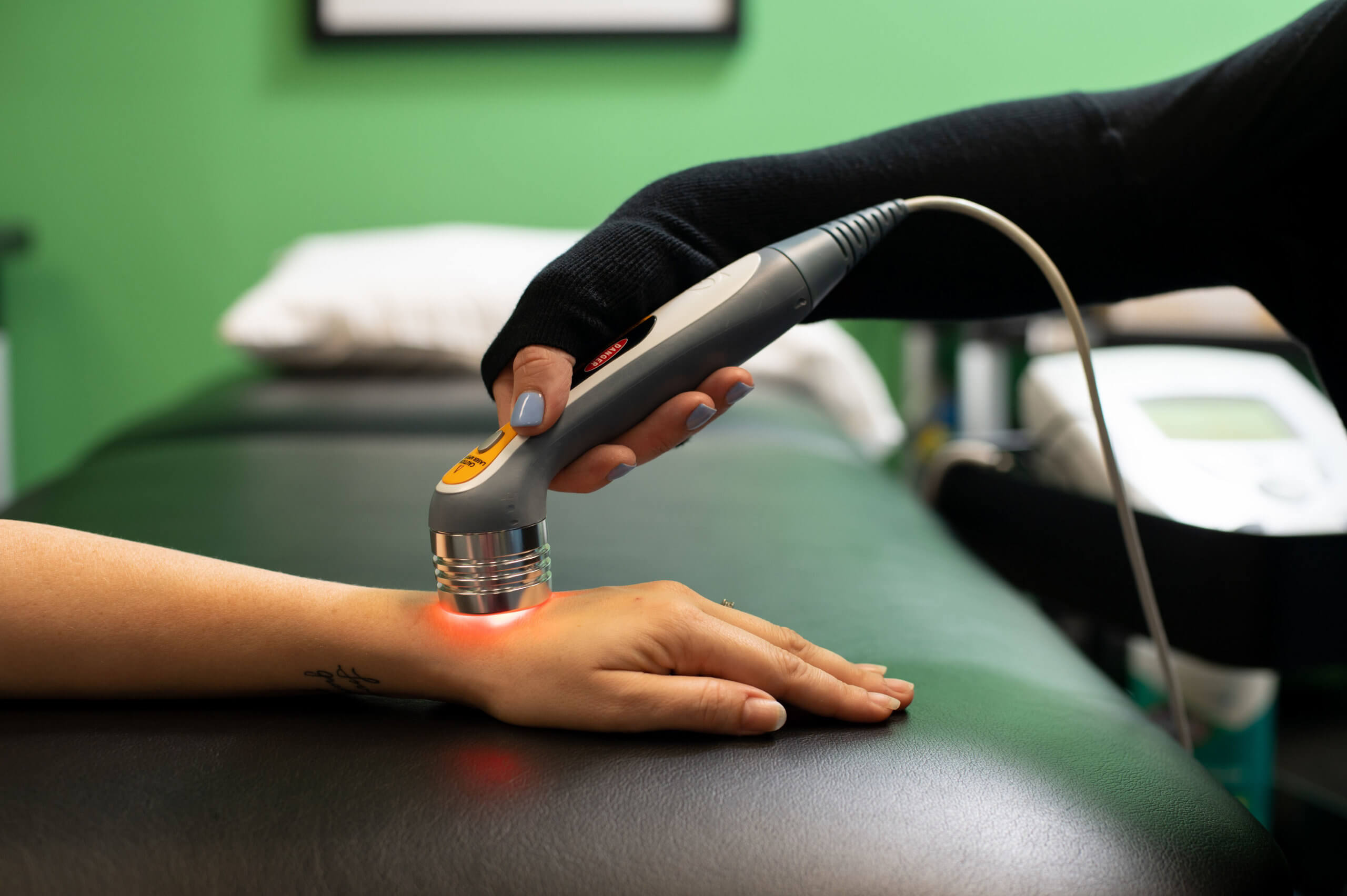
How does cold laser therapy function?
In this treatment, specific wavelengths and outputs of low-level light are directed at a designated area. The tissue absorbs the light, and red or near-infrared light triggers a response in damaged cells that encourages a physiological process of repair.
Shallow tissues are typically treated with wavelengths between 600 and 700 nanometers (nm). For deeper tissue penetration, wavelengths from about 780 to 950 nm are employed.
Although you’ll feel the device contacting your skin, the treatment is painless and noninvasive. There’s no noise, and you won’t perceive vibration or heat. Individual sessions usually last only a few minutes.
What conditions is cold laser therapy used for?
Physicians, dentists, physical therapists, and other healthcare professionals apply cold laser therapy for a range of purposes. Its primary roles are to aid tissue repair and to reduce pain and inflammation.
Minor injuries and sprains
Clinics focused on sports medicine and physical therapy commonly employ cold laser therapy for minor injuries and sprains, such as:
- ligament sprains
- muscle strains
- tendinitis
- bursitis
- tennis elbow
- neck pain
- lower back pain
- knee pain
- pain linked to muscle spasms
It’s also used to help reduce swelling and speed healing of joints and soft tissues.
Inflammation
Dentists use cold lasers to treat inflamed oral tissues and to heal mouth ulcers. Physicians use it to address inflammation from rheumatoid arthritis (RA) and other chronic autoimmune disorders.
Aches and pains
Pain management clinics utilize cold laser therapy to assist patients with acute or chronic pain conditions like fibromyalgia and carpal tunnel syndrome.
Skin rejuvenation
Cold laser therapy is employed to stimulate skin rejuvenation. Dermatologists treat a variety of skin concerns with it, including:
- acne and acne scarring
- psoriasis
- burn injuries
- vitiligo
- edema, or skin swelling
- dermatitis and rashes
Wound healing
Cold laser therapy is also used to treat wounds that are slow to heal, including those associated with diabetes.
Acupuncture
Acupuncturists sometimes apply cold laser therapy for patients who prefer to avoid needles. Low-level laser beams can stimulate acupoints similarly to needles but without skin penetration.
Potential future applications
The scope for new uses of cold laser therapy is broad. Researchers are investigating whether it might be helpful for various conditions, including:
- traumatic brain injury (TBI)
- spinal cord injury
- Alzheimer’s disease
- Parkinson’s disease
Is cold laser therapy appropriate for you?
Use of cold laser therapy is expanding within conventional medicine as well as complementary and alternative practices. The U.S. Food and Drug Administration (FDA) has cleared it for several indications.
Cold laser therapy is generally regarded as safe when administered by a physician or qualified practitioner. It is noninvasive and pain-free, and typically requires no medications or special preparation.
However, cold laser therapy should not be applied to carcinomas or cancerous growths. It’s also advised to avoid use on the thyroid or eyes in at-home settings. Because the effects on a developing fetus are not well understood, pregnant individuals are usually advised to steer clear of this treatment.
One potential downside is time: although each session is brief, it can take up to a month (sometimes with as many as four sessions weekly) before notable benefits are seen.
Also, insurance coverage for this therapy may be limited.
Can cold laser therapy be used at home?
There are devices marketed for home use. If you’re thinking of buying one, keep a few considerations in mind.
First, devices differ in their actual output; some may not deliver the power they advertise. Others are not true lasers but rather light-emitting diode (LED) devices.
Second, some home cold therapy products make exaggerated promises about their capabilities.
Claims may include helping with weight loss, smoking cessation, or hair regrowth, or treating migraines, high blood pressure, or wrinkles. Many such assertions lack solid evidence.
Shop for cold laser therapy products.
Key takeaway for those considering cold laser therapy
Research assessing the safety and effectiveness of cold laser therapy is ongoing, and optimal treatment protocols have yet to be well established. Still, advocates believe it can be a useful option for people wishing to avoid invasive procedures.
If you’re contemplating cold laser therapy, consult a physician, physical therapist, or another healthcare professional to determine whether it’s suitable for your situation.

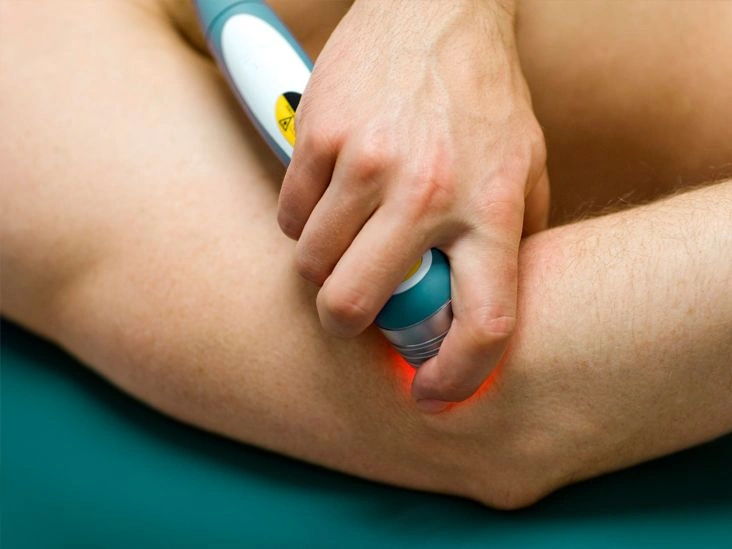





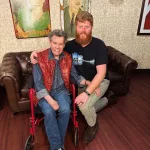



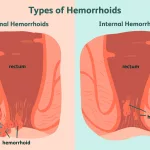




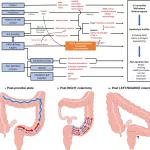
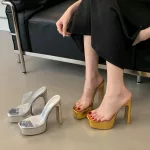
Leave a Reply
You must be logged in to post a comment.